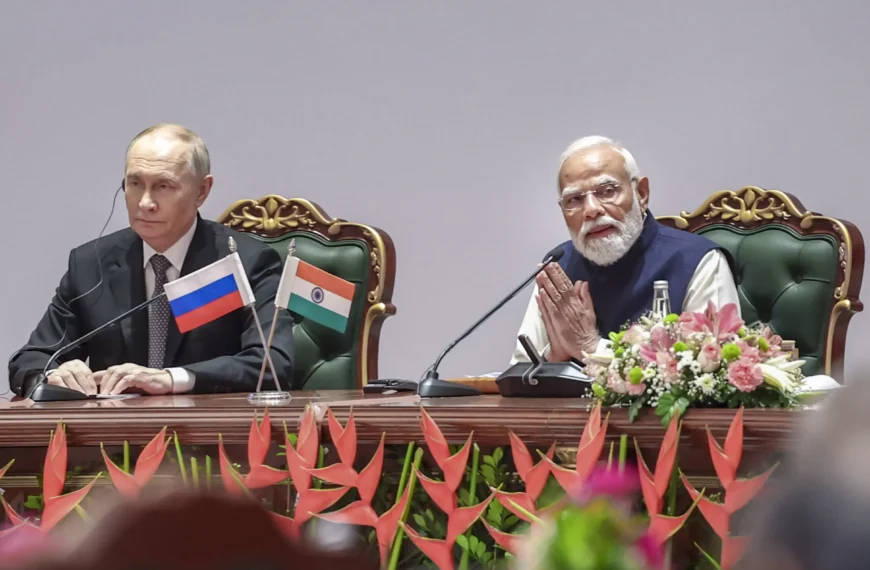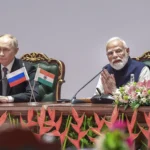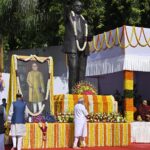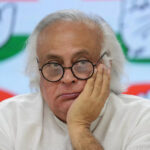Reg No. - CHHBIL/2010/41479ISSN - 2582-919X
Kargil Vijay Diwas: Why were the Indian generals not unanimous on conducting the attack through the Air Force? Know what happened in the closed room
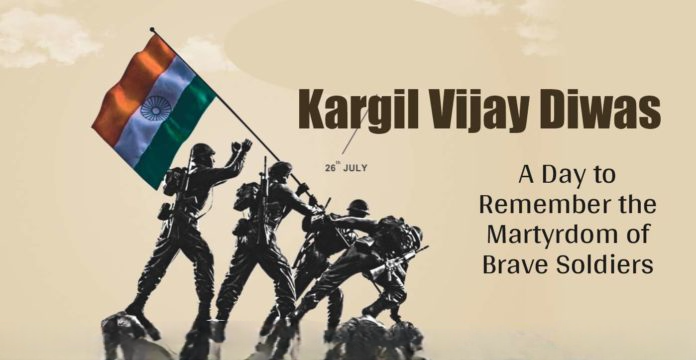
Kargil Vijay Diwas – Photo -Arragements
The Kargil war is one such war in the golden history of the Indian Army, which is considered a great example of the indomitable courage and military strategy of the Indian Army. However, there was a time in this war when there were differences among the Indian forces on whether the Air Force should be used in the war or not. Let us know the full story of this interesting incident…
There was a time during the Kargil war when two Indian generals came face to face. The issue was whether or not to deploy the Air Force in Kargil. On the other side was Musharraf’s army, which had gone out of the hands of the Pakistani government. Ved Prakash Malik, who was the chief of the Indian Army during the Kargil war, wanted the Air Force to be deployed. On the other hand, Air Force Chief Anil Yashwant Tipnis was not giving much importance to this initiative. It is a different matter that the then Vice Chief of Air Staff Chandrashekhar advocated sending the Air Force to Kargil. General VP Malik clearly said in a closed-door meeting that ‘It is necessary for the army fighting in Kargil and Ladakh to get help from the Air Force. For this, I will oppose you (Anil Yashwant Tipnis) in front of the Cabinet Committee on Security (CCS).’ After this, sometimes the CCS and sometimes Foreign Minister Jaswant Singh stood against the use of the Air Force. However, later a consensus was reached on deploying the Air Force in Kargil.
It was not easy to convince the political leadership…
What was the role of the Indian Air Force in the Kargil war, was the Air Force used in a limited way and was there a delay in getting its approval, the then Army Chief General VP Malik has answered all these questions in his book ‘From Surprise to Victory’. It was not easy to convince the political leadership whether the Air Force should be sent to Kargil or not. There was a time when the Air Force Chief and the Army Chief could not agree on this issue. Sometimes the Defense Ministry and sometimes the Foreign Ministry became an obstacle in this path. Pakistan Army Chief Pervez Musharraf also realized that sooner or later, the Air Force could reach Kargil. He threatened in advance that if India took any big step i.e. used air strike capability or fired something like a missile, then Pakistan would respond to it. As VP Malik, this threat proved to be a panacea for us. By keeping this in front and citing the current situation, we convinced the political leadership for the limited use of the Air Force. Initially, they suffered losses, but later the air force bombed accurately and forced the Pakistani army to flee.
Pervez Musharraf had committed personal audacity…
Pervez Musharraf had secretly started Operation ‘Badar’ in Kargil. No one knew about the evil intentions of the then General of the Pakistani Army, Pervez Musharraf. The Pakistani rulers themselves were unaware of many things. When Pervez started Operation ‘Badar’ to infiltrate the Indian border, the then Prime Minister of Pakistan, Nawaz Sharif and many of his cabinet colleagues knew very little about it. Even the Pakistani Navy and Air Force did not have much idea about it. According to Malik, Pervez boarded a helicopter and went to meet the front line of Operation ‘Badar’ which had crossed the LoC. This was his personal audacity. No one had any information about Pakistan’s covert strategy. The question of what India should assume about the situation in Kargil and what action it should take, kept everyone tied. After the war started, this was an important reason that we could not take a big decision like using the firepower of the Air Force on time.
What did the Vice Chief of Air Staff say in the closed room …
On May 18, 1999, the Cabinet Committee on Security (CCS) meeting was going on. The then Vice Chief of Air Staff Chandrashekhar supported General VP Malik and talked about the help of the Air Force in Kargil. He said, in this humiliating situation, it is necessary to use the firepower of the Air Force. CCS rejected his proposal. The argument given was that this could worsen the situation. In such a situation, the possibility of track-2 dialogue between India and Pakistan would end. According to Army Chief Malik, Chandrashekhar assured me that the presence of the Air Force is necessary in Kargil. India is ahead of Pakistan in terms of Air Force and Navy. Meetings and arguments continued, but we did not get permission to fly our fighter planes. The CCS was adamant on his stand. He believed that the Air Force would not go to Kargil. We did not know Pakistan’s intentions. Our small mistake could invite war. In such a situation, how and what answer would the Indian government give to the international political system.
When Malik said, I will oppose Tipnis…
A meeting was held again, in which Navy Chief Sushil Kumar also participated. He supported the use of the Air Force. However, Air Force Chief Anil Yashwant Tipnis himself was not giving much importance to this initiative till then. His argument was that taking helicopters to high altitude is risky. Tipnis wrote a letter to General Malik and told him about the air strike capability and political and strategic compulsions. In the end he wrote, think again. General Malik replied that the army fighting in Kargil and Ladakh needs the support of the Air Force. For this, I will oppose you, i.e. Tipnis, in front of the CCS. A meeting of the Cabinet Committee on Security (CCS) was held. This time NSA Brajesh Mishra, RAW-IB, Army Intelligence and Defense Ministry officers were also present in the meeting. Everyone was agreeing on sending the Air Force to Kargil when Foreign Minister Jaswant Singh became adamant. He said, if the Air Force lands in Kargil, the situation will worsen. The final decision was to first remove the infiltration from the LoC. Remember that you should not cross the IB or the LOC.
Mi-17 and two MiGs were lost…
On 24 May, as soon as the political leadership approved, the Air Force reached Kargil. The Mi-35 helicopter could not fly due to bad weather. Two days later, the Mi-17 crashed. After this, two MiGs were shot down. There was concern that sending the Air Force to Kargil was a wrong decision. When the shortcomings were investigated, it was found that the fighter planes were not able to hit their targets properly.
After removing this shortcoming, the Air Force carried out more than a thousand continuous strikes. The fighter planes dropped bombs weighing 250-1000 kg. As a result, the Pakistani army had to flee. The Army called this battle ‘Operation Vijay’, the Air Force called it Operation ‘Safed Sagar’ and the Navy’s role was called Operation ‘Talwar’. Malik wrote in his book, the difference between the two sides in the Kargil war was so much that we had to keep in mind the political leadership and international public opinion as well. There was no one to stop the audacity of the army in the neighbouring country. The army had almost gone out of the hands of the elected government there. Many years after the Kargil incident, Nawaz Sharif himself had admitted that he had made a big mistake by handing over the army to Pervez Musharraf.



